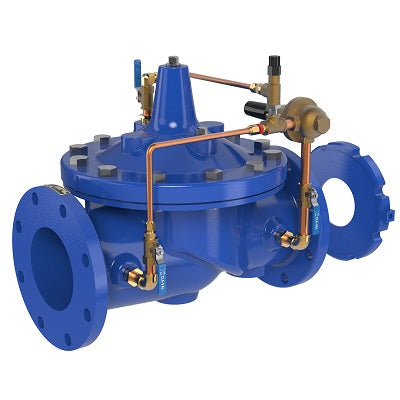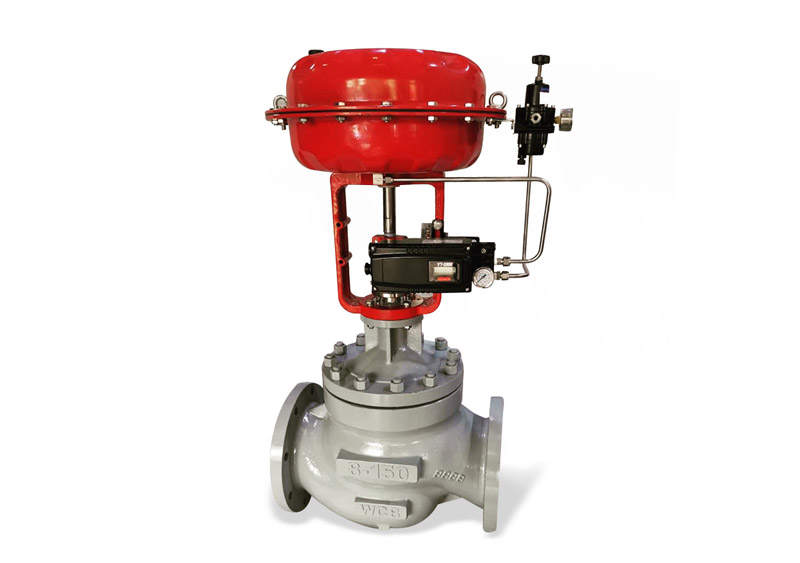Maximizing System Control with High-Performance Control Valves
Maximizing System Control with High-Performance Control Valves
Blog Article

Maximize Power Cost Savings and Convenience With Advanced Structure Automation Controls
In the realm of contemporary architecture and facility monitoring, the assimilation of innovative structure automation manages stands as a crucial advancement. By utilizing the power of automation, buildings can adjust, respond, and progress in ways that were when inconceivable.
Energy Effectiveness Perks
Energy efficiency benefits can substantially decrease power consumption and operational prices in buildings. By implementing energy-efficient practices and modern technologies, structure owners and operators can accomplish substantial cost savings while additionally contributing to ecological sustainability. One of the key advantages of boosting energy performance in structures is the reduction of energy bills. Energy-efficient systems, such as advanced structure automation controls, can enhance making use of resources like home heating, air conditioning, and lighting, bring about lower power costs gradually.
Moreover, enhanced power effectiveness can extend the life expectancy of building equipment and systems. By running a lot more effectively, a/c systems, lighting fixture, and other structure parts experience much less deterioration, resulting in reduced maintenance and substitute costs. In addition, energy-efficient buildings typically regulate higher building values and rental rates, giving lasting economic benefits to owners.
In addition, energy effectiveness can boost passenger comfort and performance. Correctly controlled indoor environments with optimal illumination and thermal problems develop a more pleasant and favorable work space, bring about improved worker contentment and efficiency. Overall, the energy effectiveness benefits connected with innovative structure automation controls are diverse, incorporating price financial savings, environmental stewardship, and occupant well-being.
Enhanced Convenience Control
Enhancing convenience control in structure atmospheres requires an advanced integration of innovative automation systems for optimum resident health. By making use of innovative building automation controls, facilities can tailor the interior environment to fulfill the certain requirements and choices of owners. control valves.
Improved convenience control goes beyond basic temperature level adjustments. It includes functions such as customized settings, tenancy sensors, and all-natural light use to develop a vibrant and responsive atmosphere. By integrating these advanced controls, structures can not only improve convenience yet also enhance energy efficiency by enhancing system procedures based upon real tenancy and use patterns. Ultimately, prioritizing occupant convenience through innovative automation systems causes a more satisfying and healthier interior environment.
Functional Effectiveness Improvements

In addition, the execution of real-time tracking and analytics devices allows structure drivers to identify power ineffectiveness and functional abnormalities immediately. By continuously checking power use patterns and system efficiency metrics, changes can be made in real-time to enhance power usage and make certain peak operational effectiveness. control valves. In addition, integrating demand reaction strategies right into building automation controls can better improve functional effectiveness by dynamically changing energy use based upon grid conditions and rates signals
Indoor Environment Optimization
Efficient indoor climate optimization is a basic element of structure automation controls, guaranteeing owners' convenience and wellness while taking full advantage of energy financial savings. By making use of advanced sensing units and controls, constructing automation systems can continually adjust and check temperature, moisture levels, air top quality, and air flow Homepage to create an ideal indoor atmosphere. Keeping regular and comfortable conditions not just boosts occupant fulfillment however additionally increases performance and general well-being.
Interior environment optimization additionally plays a critical duty in energy performance. By fine-tuning air conditioning, home heating, and ventilation systems based on real-time data and occupancy patterns, building automation controls can significantly reduce power intake - control valves. Carrying out methods such as demand-controlled air flow and thermal zoning can aid minimize power waste while making certain that each area of the building receives the necessary conditioning.

Sustainable Environment Creation
Structure automation controls not only maximize interior climate conditions for energy effectiveness and passenger comfort yet likewise lay the structure for creating a sustainable environment via strategic monitoring of resources and systems. By incorporating innovative structure automation modern technologies, such as sensors, actuators, and intelligent software application, facilities her explanation can keep track of and change energy use in real-time to decrease waste and minimize their carbon footprint. These systems make it possible for anticipating maintenance, identifying prospective issues before they rise and enhancing tools efficiency to enhance longevity and efficiency.
Additionally, lasting atmosphere development prolongs beyond power administration to incorporate water preservation, waste decrease, and indoor air high quality improvement. Structure automation controls can control water usage, discover leaks, and guarantee proper waste disposal techniques, adding to general sustainability initiatives. In addition, by controlling and checking ventilation and purification systems, these modern technologies boost occupant health and wellness and productivity while lowering energy usage connected with a/c operations.
Verdict
To conclude, progressed building automation regulates offer significant benefits in regards to energy savings, comfort control, functional efficiency, indoor climate optimization, and creating a lasting setting. By applying these controls, buildings can accomplish ideal performance while minimizing power usage and boosting passenger convenience. It is evident that making use of advanced automation innovation is important in enhancing building efficiency and producing a more sustainable future.
Power efficiency advantages can considerably reduce power intake and operational costs in structures. In general, the power effectiveness benefits associated with advanced building automation controls are complex, encompassing expense savings, environmental stewardship, and owner wellness.
Furthermore, Click This Link incorporating demand feedback techniques into building automation controls can further enhance operational performance by dynamically readjusting power use based on grid conditions and pricing signals.
Building automation controls not only enhance interior environment problems for power performance and resident comfort yet additionally lay the structure for producing a sustainable environment through strategic management of resources and systems.In conclusion, advanced structure automation manages deal considerable benefits in terms of power savings, convenience control, functional efficiency, interior environment optimization, and developing a sustainable environment.
Report this page